Intro
Discover nose bleeding causes, including dry air, trauma, and sinus issues, to understand and address frequent nosebleeds with effective treatments and prevention methods.
The nose is a sensitive and complex part of the human body, and nosebleeds, also known as epistaxes, are a common phenomenon that can occur in people of all ages. Nosebleeds can be caused by a variety of factors, ranging from dry air and minor injuries to more serious underlying health conditions. Understanding the causes of nosebleeds is essential to prevent and treat them effectively. In this article, we will delve into the world of nosebleeds, exploring their causes, symptoms, and treatment options, as well as providing tips on how to prevent them from occurring in the first place.
Nosebleeds can be a frightening experience, especially when they occur suddenly and without warning. The sight of blood flowing from the nose can be alarming, and it's natural to wonder what might be causing it. In most cases, nosebleeds are not a cause for concern and can be treated easily with some basic first aid. However, in some instances, nosebleeds can be a sign of an underlying health issue that requires medical attention. It's essential to understand the different types of nosebleeds, their causes, and their symptoms to seek the right treatment and prevent future occurrences.
The anatomy of the nose plays a crucial role in understanding nosebleeds. The nasal passages contain a rich network of blood vessels that are close to the surface of the skin. These blood vessels can be easily damaged, leading to bleeding. The nasal septum, which is the cartilage and bone that separates the two nasal passages, is also a common site for nosebleeds. When the nasal septum is damaged, it can cause the blood vessels to rupture, leading to bleeding. Understanding the anatomy of the nose and how it relates to nosebleeds is vital to preventing and treating them effectively.
Nose Bleeding Causes
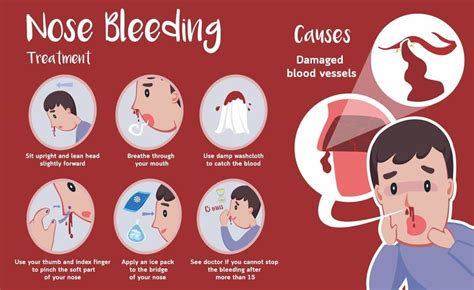
There are several causes of nosebleeds, ranging from minor injuries to more serious underlying health conditions. Some of the most common causes of nosebleeds include dry air, minor injuries, and allergies. Dry air can cause the nasal passages to become dry and cracked, leading to bleeding. Minor injuries, such as a blow to the nose or picking at the nose, can also cause nosebleeds. Allergies can cause the nasal passages to become inflamed, leading to bleeding. Other causes of nosebleeds include sinus infections, colds, and flu, as well as more serious underlying health conditions such as high blood pressure, bleeding disorders, and tumors.
Types of Nosebleeds
There are two main types of nosebleeds: anterior and posterior. Anterior nosebleeds occur in the front part of the nose and are the most common type of nosebleed. They are usually caused by dry air, minor injuries, or allergies. Posterior nosebleeds occur in the back part of the nose and are less common than anterior nosebleeds. They are usually caused by more serious underlying health conditions such as high blood pressure, bleeding disorders, or tumors. Understanding the type of nosebleed is essential to seeking the right treatment and preventing future occurrences.Symptoms of Nosebleeds
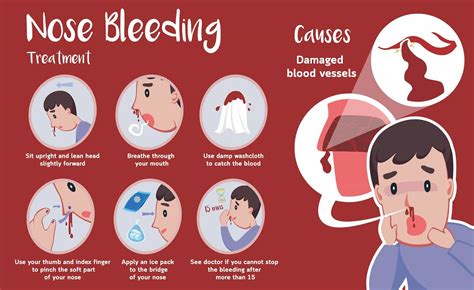
The symptoms of nosebleeds can vary depending on the severity and cause of the bleeding. Common symptoms of nosebleeds include bleeding from one or both nostrils, swelling of the nose and face, and pain or discomfort in the nose and face. In some cases, nosebleeds can also cause more severe symptoms such as difficulty breathing, swallowing, or speaking. Understanding the symptoms of nosebleeds is essential to seeking the right treatment and preventing future occurrences.
Treatment Options for Nosebleeds
There are several treatment options for nosebleeds, ranging from basic first aid to medical treatment. In most cases, nosebleeds can be treated with some basic first aid, such as applying pressure to the nose, using nasal decongestants, and staying upright. However, in some instances, medical treatment may be necessary, such as cauterization or nasal packing. Understanding the treatment options for nosebleeds is essential to seeking the right treatment and preventing future occurrences.Prevention of Nosebleeds
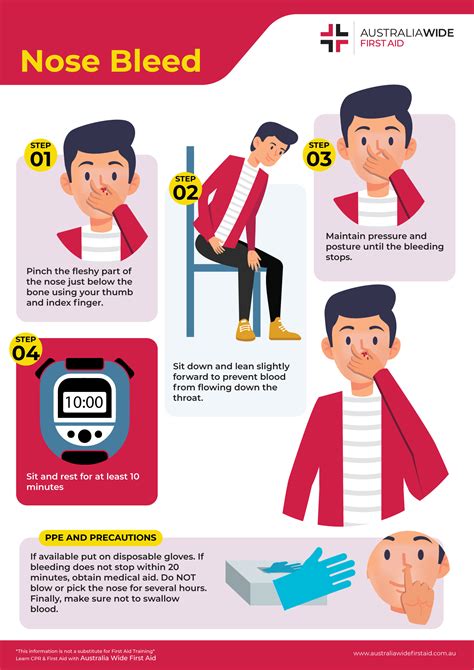
Preventing nosebleeds is essential to avoiding the discomfort and inconvenience they can cause. There are several ways to prevent nosebleeds, including using a humidifier to add moisture to the air, avoiding picking or blowing the nose, and using saline nasal sprays to keep the nasal passages moist. Additionally, avoiding allergens and irritants, such as tobacco smoke and strong chemicals, can also help prevent nosebleeds. Understanding the prevention methods for nosebleeds is essential to avoiding future occurrences.
Complications of Nosebleeds
In some cases, nosebleeds can lead to complications, such as anemia, infection, or scarring. Anemia can occur if the bleeding is heavy or prolonged, leading to a decrease in red blood cells. Infection can occur if the nasal passages become infected, leading to symptoms such as fever, headache, and facial pain. Scarring can occur if the nasal septum or other tissues become damaged, leading to permanent damage to the nose. Understanding the complications of nosebleeds is essential to seeking the right treatment and preventing future occurrences.When to Seek Medical Attention
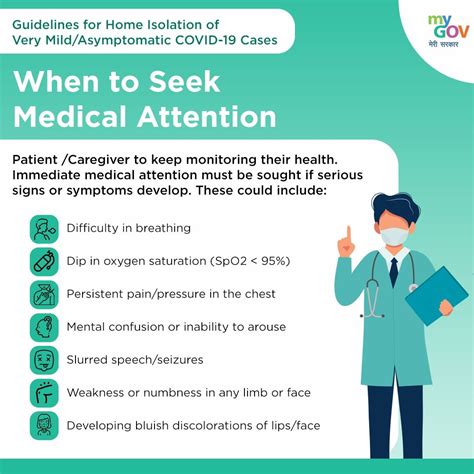
In some cases, nosebleeds can be a sign of a more serious underlying health condition that requires medical attention. It's essential to seek medical attention if the bleeding is heavy or prolonged, if the bleeding is accompanied by other symptoms such as difficulty breathing or swallowing, or if the bleeding occurs after a head injury. Additionally, if the bleeding is recurrent or if it's accompanied by other symptoms such as fever, headache, or facial pain, it's essential to seek medical attention. Understanding when to seek medical attention is essential to getting the right treatment and preventing future occurrences.
Diagnosis of Nosebleeds
Diagnosing nosebleeds typically involves a physical examination and a medical history. The doctor will examine the nose and face to look for any signs of injury or infection. The doctor will also ask questions about the bleeding, such as when it started, how often it occurs, and what triggers it. In some cases, additional tests such as a nasal endoscopy or a CT scan may be necessary to determine the cause of the bleeding. Understanding the diagnosis process for nosebleeds is essential to getting the right treatment and preventing future occurrences.Treatment Options for Recurrent Nosebleeds
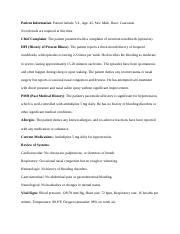
Recurrent nosebleeds can be a frustrating and debilitating condition. There are several treatment options for recurrent nosebleeds, ranging from basic first aid to medical treatment. In some cases, cauterization or nasal packing may be necessary to stop the bleeding. Additionally, using saline nasal sprays or nasal decongestants can help to reduce the frequency and severity of the bleeding. Understanding the treatment options for recurrent nosebleeds is essential to getting the right treatment and preventing future occurrences.
Home Remedies for Nosebleeds
There are several home remedies that can help to stop nosebleeds and prevent future occurrences. Using a cold compress or an ice pack can help to constrict the blood vessels and stop the bleeding. Additionally, using a humidifier or a saline nasal spray can help to keep the nasal passages moist and reduce the frequency and severity of the bleeding. Understanding the home remedies for nosebleeds is essential to getting the right treatment and preventing future occurrences.Conclusion and Next Steps

In conclusion, nosebleeds are a common phenomenon that can occur in people of all ages. Understanding the causes, symptoms, and treatment options for nosebleeds is essential to preventing and treating them effectively. By following the prevention methods and treatment options outlined in this article, individuals can reduce the frequency and severity of nosebleeds and improve their overall health and well-being. If you have experienced a nosebleed or are concerned about nosebleeds, it's essential to speak with a healthcare professional to determine the best course of treatment.
We invite you to share your thoughts and experiences with nosebleeds in the comments section below. Have you ever had a nosebleed? What caused it, and how did you treat it? Do you have any tips or advice for preventing nosebleeds? Share your story with us, and let's work together to raise awareness about this common condition.
What are the most common causes of nosebleeds?
+The most common causes of nosebleeds include dry air, minor injuries, and allergies. Other causes include sinus infections, colds, and flu, as well as more serious underlying health conditions such as high blood pressure, bleeding disorders, and tumors.
How can I prevent nosebleeds?
+Preventing nosebleeds involves using a humidifier to add moisture to the air, avoiding picking or blowing the nose, and using saline nasal sprays to keep the nasal passages moist. Additionally, avoiding allergens and irritants, such as tobacco smoke and strong chemicals, can also help prevent nosebleeds.
When should I seek medical attention for a nosebleed?
+It's essential to seek medical attention if the bleeding is heavy or prolonged, if the bleeding is accompanied by other symptoms such as difficulty breathing or swallowing, or if the bleeding occurs after a head injury. Additionally, if the bleeding is recurrent or if it's accompanied by other symptoms such as fever, headache, or facial pain, it's essential to seek medical attention.
